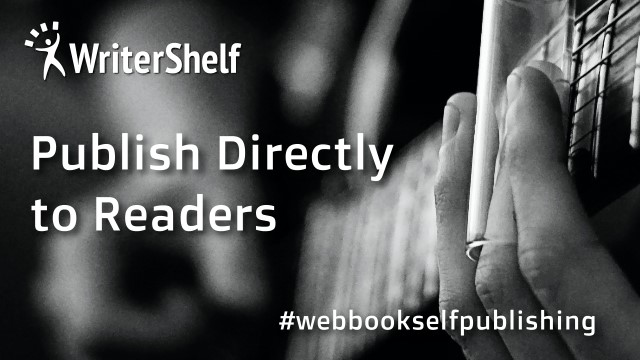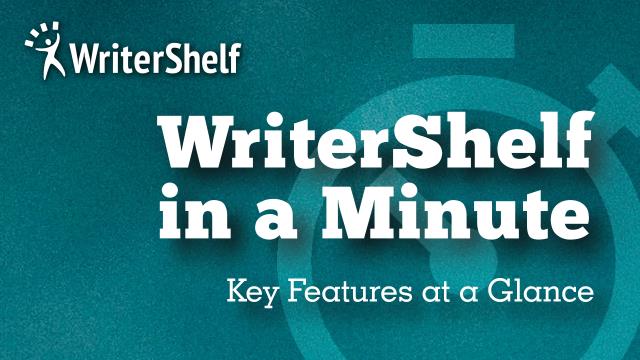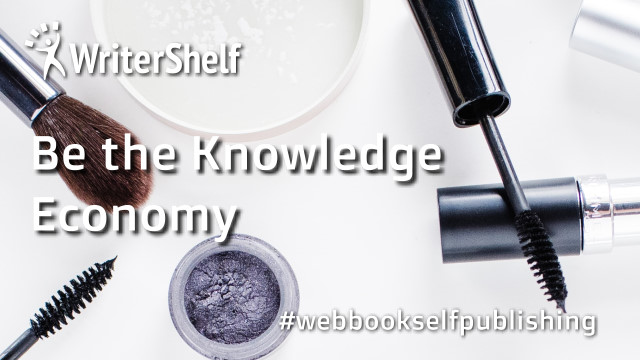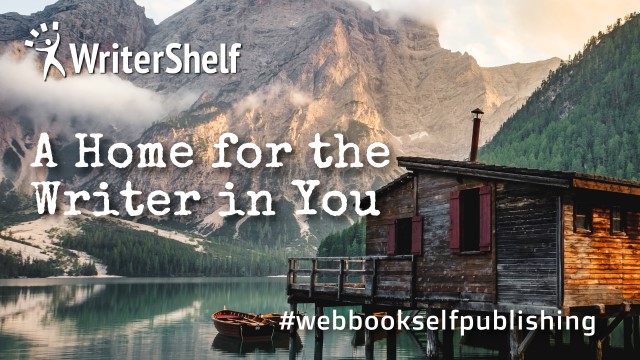How to Get a New Electricity Connection When You Move House in Australia
2
0
·
2025/07/22
·
5 mins read
☕
WriterShelf™ is a unique multiple pen name blogging and forum platform. Protect relationships and your privacy. Take your writing in new directions. ** Join WriterShelf**
WriterShelf™ is an open writing platform. The views, information and opinions in this article are those of the author.
Article info
Tags:
Total: 1200 words
Like
or Dislike
More from this author
More to explore









So, you’re moving. Exciting times! But let’s be real—setting up stuff like electricity can be a bit of a hassle. Still, it’s something you need to sort out before you walk into your new place and flick the light switch.
The good part? It’s actually pretty simple once you know what to do. If you’re wondering how to get a new electricity connection for your house in Australia, this guide is for you. We'll break it all down—step by step.
You’ll learn when to sort it out, what details you’ll need, and how to compare electricity plans so you don’t get stuck with an overpriced bill.
Why It’s Important to Sort out Electricity before You Move
Let’s keep things simple.
If the power’s not already connected at your new home, you’ll need to get a new electricity connection. Even if the lights are working, that doesn’t mean the account is in your name.
Without organising it in advance, you could show up to a home with no power. That means no lights, no fridge, no hot shower, and no way to charge your phone. Trust us—you don’t want that kind of first night.
Step-by-Step Guide to Setting Up Your Electricity Connection
Let’s go through it, step by step.
Step 1: Is the Power Already On?
First thing—check if there’s already electricity.
This is especially important for new builds or houses that have been empty for a while.
Step 2: Pick an Electricity Provider
Now comes the big choice.
Australia has heaps of energy retailers. A few names you might recognise include:
Every company has its own rates, features, and discounts. This is where it really helps to compare electricity plans before locking anything in.
How to Compare Electricity Plans
It’s easy to do online. There are tools where you can:
Pro tip: Don’t just focus on the daily rate. Look at the yearly cost. Some plans seem cheap but sneak up on you with higher usage charges.
Step 3: Contact the Retailer
Once you’ve picked a provider, reach out to them.
You can usually set it all up by phone or online. Most connections take 1 to 3 business days, so don’t wait until the last second.
Here’s what they’ll ask for:
Step 4: Choose the Right Connection Date
Pick a connection date that works for your move. Seems obvious, but it’s easy to forget.
Make sure the power is switched on before or on your moving day. If you’re moving on a weekend or public holiday, set the date for the last business day before that.
A quick heads-up: Some providers charge extra if you ask for a same-day or urgent connection. So, get in early and avoid paying more.
Step 5: Will You Need to Be Home?
Usually, you won’t need to be home during the connection.
If your meter is outside, the technician can do the job without you. But if you’re moving into an apartment or your meter is behind a locked gate, you might need to be there.
Ask your retailer if your presence is needed.
What If the House Is a New Build?
Things are a little different with brand-new homes.
You’ll likely need a full new electricity connection, not just an account switch. That means more paperwork—but don’t stress. It’s doable.
What You’ll Need for New Builds
Who Handles the Actual Setup?
Your builder or electrician usually takes care of the initial physical setup. That includes wiring and meter installation.
Once everything is approved and installed, you can then contact your chosen retailer to set up your account and get the power flowing.
How to Get the Best Electricity Deal
Electricity prices aren’t the same everywhere. They change based on your area, usage, and the provider. Here’s how to get a better deal.
Compare Electricity Plans Often
Even if you’ve been with one provider for years, it doesn’t mean you’re getting the best price. New customers often score better deals. It’s smart to check every now and then.
Know What the Charges Mean
There are usually two parts to your electricity bill:
Look at both charges when you compare electricity plans. Some providers might offer a low daily rate but hit you with high usage fees—or vice versa.
Got a Smart Meter?
If your new place has a smart meter, look into time-of-use plans. These plans give cheaper rates during certain hours (like overnight or mid-morning). Great if you're home in the evenings or on weekends.
Common Questions About Electricity Connections
How long does it take to connect electricity?
Most connections take between 1 to 3 business days. Urgent or same-day connections are possible but usually cost more.
Can I keep my current electricity plan when I move?
Sometimes. But it’s always good to compare electricity plans at your new address. You might find a better offer.
What if the power isn’t on when I move in?
Call your provider straight away. It might be a missed appointment or delay. Ask for an urgent connection if needed—but be prepared to pay a bit extra.
New Electricity Connection Checklist
Here’s a quick list to make sure you’ve got everything covered:
✔ Check if the electricity is already on
✔ Use comparison tools to find the right plan
✔ Choose a provider that fits your needs
✔ Book your new electricity connection early
✔ Share all the info your provider asks for
✔ Be home on connection day (if necessary)
✔ Confirm that the power is on once you arrive
Final Thoughts
Setting up a new electricity connection doesn’t have to be stressful. If you plan ahead, compare electricity plans properly, and stay organized, you’ll have power ready to go when you move in.
You’ll settle in faster. Your food won’t melt in the fridge. And you won’t have to light candles just to find your toothbrush.
FAQs
Do I have to cancel my old electricity account?
Yes. Contact your old provider and give them your move-out date. This way, you won’t be charged after you leave.
Will I need to pay a connection fee?
Most providers charge a small connection fee. It’s usually added to your first bill.
What happens if I move into a rental property?
Same steps apply. But if electricity is already on, just make sure it’s moved into your name. Otherwise, the landlord might get billed—or worse, it could get disconnected.
Can I schedule the connection weeks in advance?
Absolutely. In fact, it’s better to do it early. Book it a week or two ahead of your move.